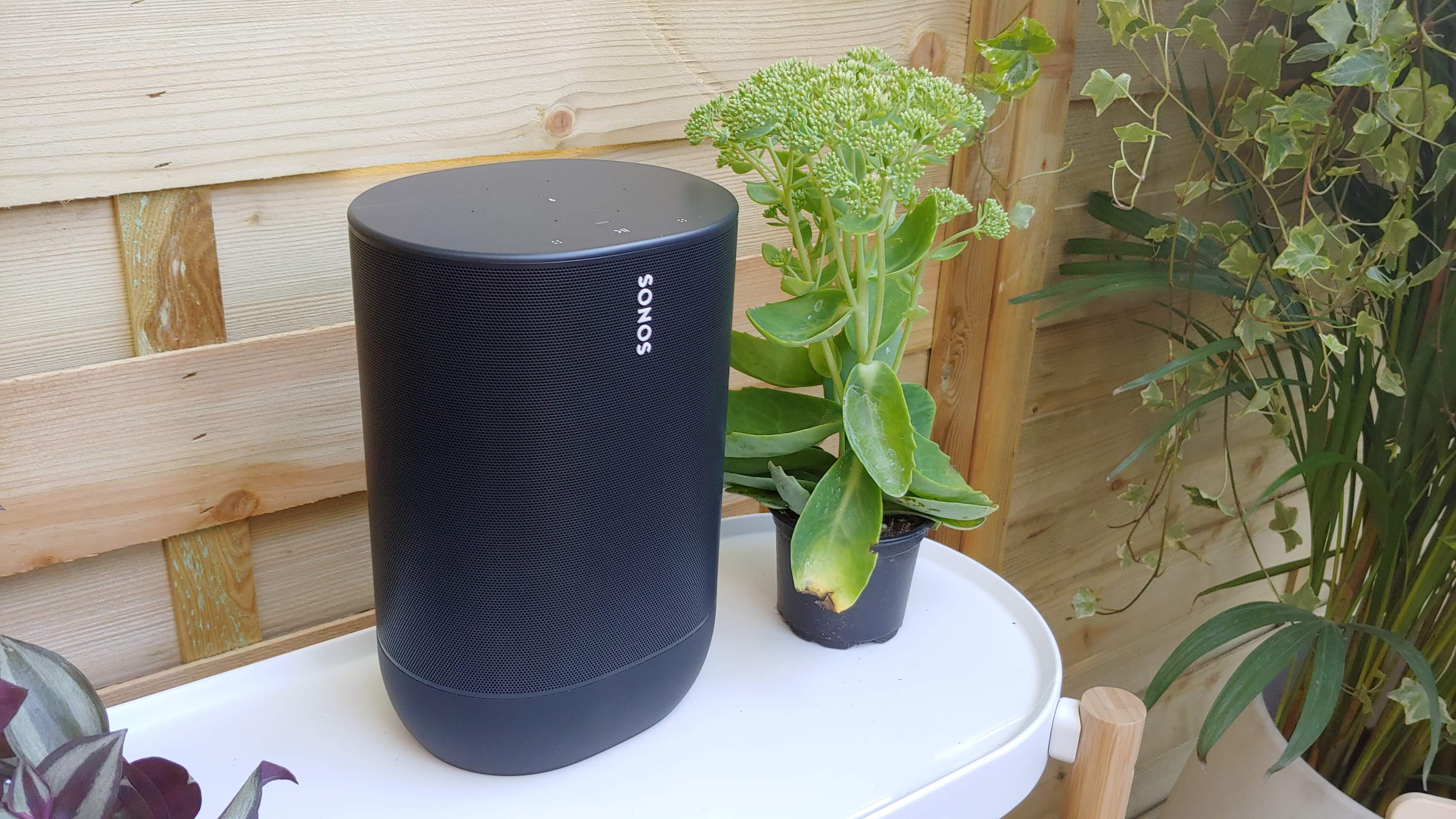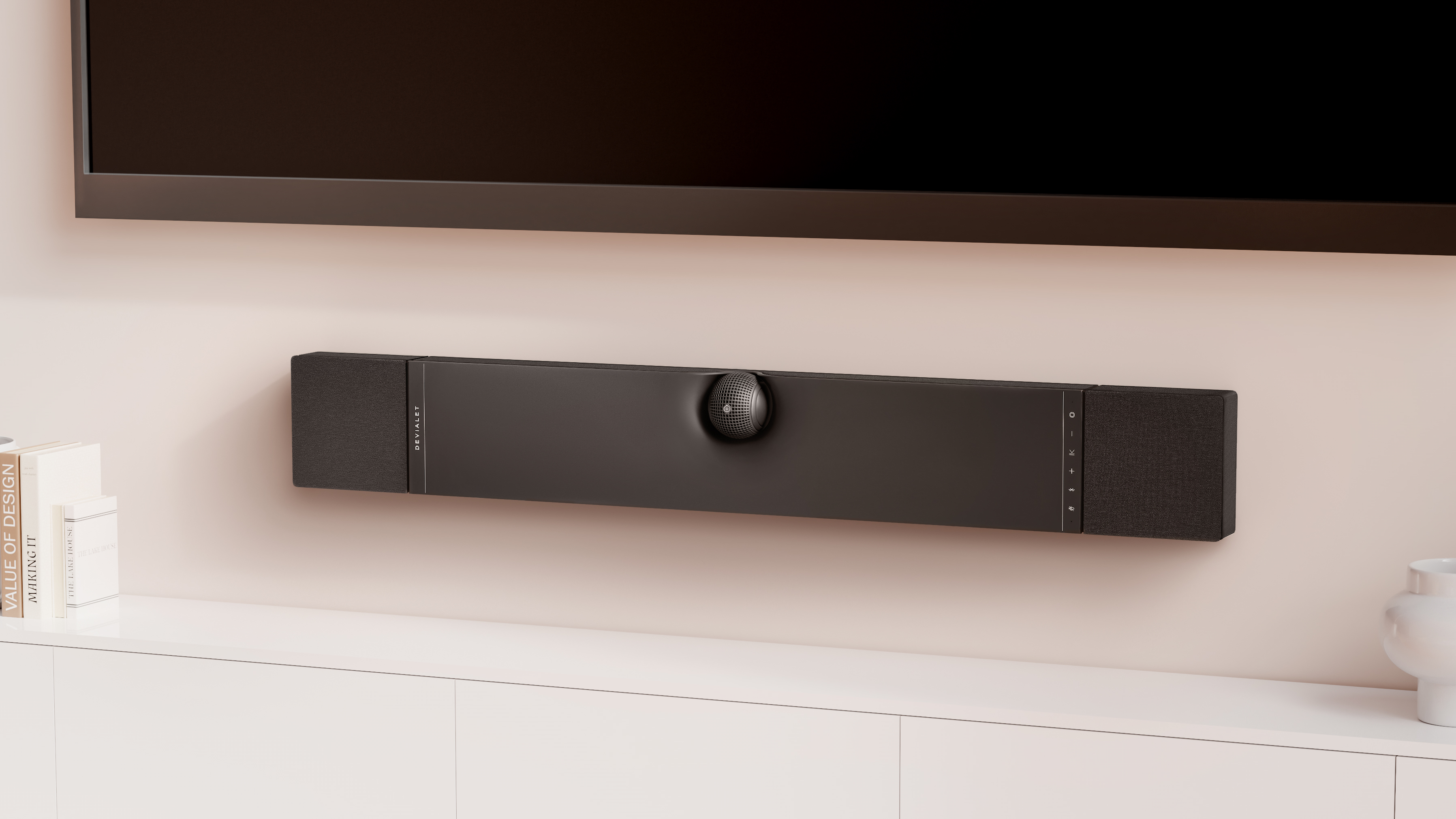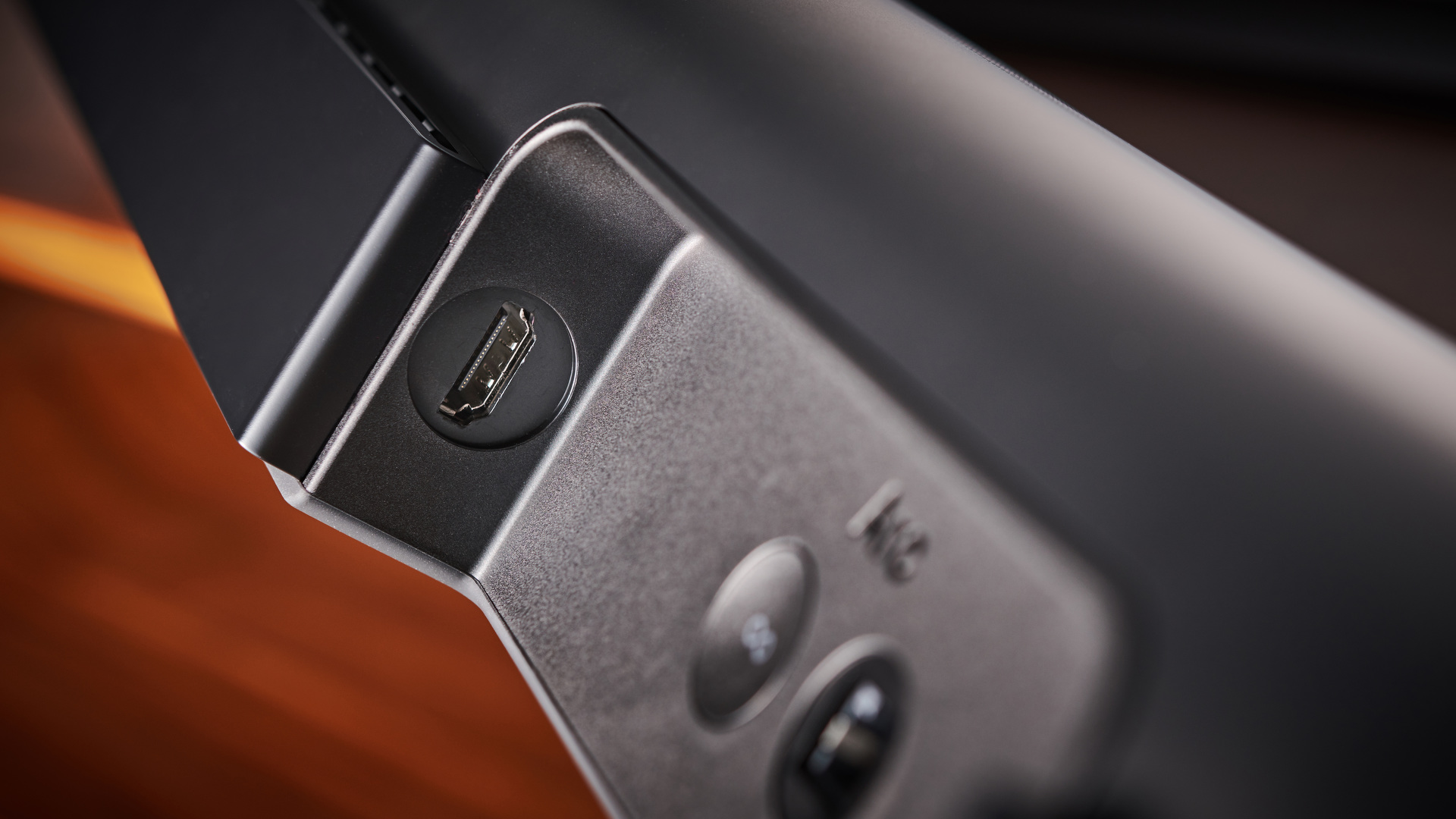7 ways the Sonos Arc 2 can beat the new wave of Dolby Atmos soundbars
The inevitable follow-up can improve on the original in lots of ways

The Sonos Arc remains one of the best soundbars you can buy today, even though plenty of new contenders have arrived since its 2020 launch. A lot of the new arrivals do beat the Arc in specific areas – having better connectivity, or being cheaper, or providing a stronger Dolby Atmos effect – but none has really beaten it as the total package.
Still, at some point, you have to assume someone is going to nail delivering a package that's an even better Dolby Atmos soundbar than the current Arc – and perhaps that will be the Sonos Arc 2.
There haven't been any strong rumors about a follow up to the Sonos Arc as yet (and Sonos has been quite leaky recently), but there's no question that there must be one in Sonos' mind, and probably on the desks of its engineers.
The current Sonos Arc is still very modern in terms of its features, so we don't expect a Sonos Arc 2 release date in 2022 – it was three years from the original Sonos Beam soundbar to the Sonos Beam (Gen 2), so we think 2023 is a likely year for a new Sonos Arc.
So what should change in the Sonos Arc 2? If the current model is still selling so well and gets a strong recommendation from us, is there anything that really needs to change?
Well, yes – nothing's perfect, after all. So here are seven things we'd like to see in the Sonos Arc 2, if it's to stay ahead of the rapidly improving competition.
Auto Trueplay room tuning

For a long time, Sonos has offered Trueplay room tuning for its speakers, which is where the Sonos app can use the microphone on your iPhone to listen to how your specific room setup reflects sounds, so that its speakers can adapt their output to compensate. In theory, this means more precise and dynamic audio – and we've found it to be effective, including in our Sonos Five and Sonos Ray reviews.
Sign up for breaking news, reviews, opinion, top tech deals, and more.
But the problem is that it only works with iPhones, so Android users don't get the benefit of it. And it's also frustrating that you have to re-do the process if you rearrange your room meaningfully, otherwise the adapted sound will be wrong.
However, in the Sonos Move, the company introduced Automatic Trueplay, where mics built into the speaker itself are used to listen to the reflections in the room live, and adapt the sound to compensate. The same system is used in the Sonos Roam.
So we'd like to see that come to the Sonos Arc 2. Other companies already use exactly this kind of automatic room compensation, including Samsung's latest soundbars, such as the Samsung HW-Q990B. Sonos has the technology, so it needs to become standard, because not everyone has an iPhone.
Smaller size
The original Sonos Arc is tall. By any soundbar standard, its rounded design makes it something of a beast – and it's fairly deep, too. The width is fine – it's about the same width as a 55-inch TV – but if you use it with a TV with low feet, it can cut off visibility of the bottom of the screen. If your TV stand isn't very deep, it can be a tight squeeze too.
Sonos squeezes a lot of speakers in, of course, but so do other soundbars without taking up quite so much space. We're not saying it needs to be as ridiculously compact as the Samsung HW-S800B (which is about a quarter of the volume for the soundbar), but there are speakers that have even more prominent Dolby Atmos effects without taking up so much space, and it'd be nice if the Arc 2 were able to keep just a slightly lower profile.

Crisper height and side sound
As hinted at above, the Sonos Arc isn't really a leader when it comes to overhead and side sound effects any more. In the years since it launched, other models have launched with more precision in the sound field for height and width, and while the Sonos Arc's overall sound balance is still top-tier, it's a bit of a shame that the height element hasn't stayed at the head of the pack in the same way.
So whether it's a new signal processor for virtual surround, or a change in the angle or design of the drivers themselves (or, perhaps, both), we hope that the Sonos Arc 2 will wow us with Dolby Atmos placement.
It'd be very interesting if Sonos went the route of including a third central upfiring channel, just like the LG S80QY does, for better detail and positioning – but we think that's unlikely.
It's also worth noting here that we hope Sonos will also launch some kind of wireless rear speaker option that includes upfiring drivers, so that we can have a Sonos 5.1.4 system – but that won't technically be a feature of the Sonos Arc 2. That'd be more of a Sonos One… 2? Sonos Two? Sonos 1.1? Hmmm, maybe that name needs a brainstorm.
More bass

One of the reasons the Sonos Arc has become so popular is that it's an all-in-one soundbar. It doesn't come with a subwoofer, and it has enough bass performance from the bar alone to satisfy most buyers… but it's not quite enough bass, in our opinion.
Using a soundbar with even a half-decent subwoofer is a clear and noticeable upgrade when it comes to the depth of the sound. It's not about wanting the room to shake, it's about how much more realism there is to the roar of a car engine, the resonance of a piano or the crash of a wave with real bass underpinning it.
The long-running rumors of a Sonos Sub Mini will offer one option for correcting this alongside the Sonos Arc 2, but we hope that Sonos will also be able to add deeper bass into the main unit, so that it can remain an excellent all-in-one.
The best bass we've heard from a soundbar is the Devialet Dione, but that's a big, big soundbar and is twice the price of the Sonos Arc, so we don't want to go too far in that direction… but there's a balance to be found here, with more bass in roughly the same kind of size.
HDMI 2.1 passthrough

We think this is unlikely, because every time we speak to Sonos about it, the company says it's committed to keeping things simple for users by only offering one audio connection on its products.
But still, a high-end soundbar such as the Sonos Arc 2 really needs at least one HDMI passthrough port, so that people aren't stuck losing one of their precious three or four HDMI ports to the soundbar. It'd be perfectly normal for a movie and game-loving household to want to connect a PS5, Apple TV 4K, Nintendo Switch OLED and 4K Blu-ray player to one TV… if the soundbar takes up one slot, then something has to miss out. If the soundbar has a passthrough, then you're fine.
This is normal on almost other soundbars, and the much cheaper Philips B8905 soundbar even has two HDMI inputs, plus one to the TV, so you end up with more ports than you started with.
We'll settle for one HDMI passthrough… but we'd like it to include HDMI 2.1 support, to really put the Sonos over the competition. That means support for Variable Refresh Rate and 4K 120Hz, in addition to 4K HDR video. The Sony HT-A7000 has an HDMI 2.1 port – let's go, Sonos!
Totally wireless connectivity
If we're not going to get an HDMI passthrough port, then let's go to the next big thing. Why sport a cable connection at all? Sonos is already the master of seamless wireless sound, so it makes sense.
There are two big options here: offer an HDMI-connected transmitter as an optional extra (it'd be nice if it were in the box by default, but let's be realistic); or work with TV makers on connecting wirelessly directly to the TVs themselves.
The wireless accessory certainly seems within Sonos' wheel house – it's made the Sonos Port before, to do a similar thing for hi-fi equipment. And LG is offering this for its latest soundbars, so it's not like it's an unprecedented concept.
Working with TV makers would be more complicated, but we think Sonos has something like this in motion – Sonos is claimed to be working on its own smart TV platform, and we think the main reason it would do this is to integrate wireless connectivity for its hardware. We suspect that Sonos won't end up launching its own platform, but is more likely to partner with someone like Roku, so that if you're using a Roku Streaming Stick or Roku TV, you can just beam your sound out to Sonos products.
Full DTS support
Let's end with a nerdy one. DTS sound is the big rival to Dolby sound, and Sonos doesn't support it totally – the Arc doesn't include support for the higher-quality DTS:X or DTS-HD MA formats that are equivalent to the latest Dolby formats.
It doesn't matter too much to most of us – Dolby has a stranglehold on the streaming services, so as long as there's Dolby support, most of what we watch is covered.
But high-quality DTS sound has been used on Blu-ray for a long time, and for those with disc collections, having real support for the best sound they can offer is important. We hope the Sonos Arc 2 will throw those people a bone, because they're exactly the kind of people who'll spend on premium products like Sonos'.
We don't expect all of these things to be part of the Sonos Arc 2, but they're what we're hoping for – and they'd certainly make the next version an ideal soundbar to pair with the best TVs to come next year, and in the future.

Matt is TechRadar's Managing Editor for Entertainment, meaning he's in charge of persuading our team of writers and reviewers to watch the latest TV shows and movies on gorgeous TVs and listen to fantastic speakers and headphones. It's a tough task, as you can imagine. Matt has over a decade of experience in tech publishing, and previously ran the TV & audio coverage for our colleagues at T3.com, and before that he edited T3 magazine. During his career, he's also contributed to places as varied as Creative Bloq, PC Gamer, PetsRadar, MacLife, and Edge. TV and movie nerdism is his speciality, and he goes to the cinema three times a week. He's always happy to explain the virtues of Dolby Vision over a drink, but he might need to use props, like he's explaining the offside rule.